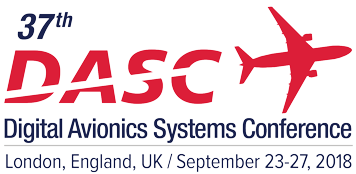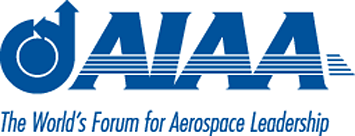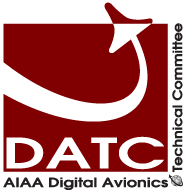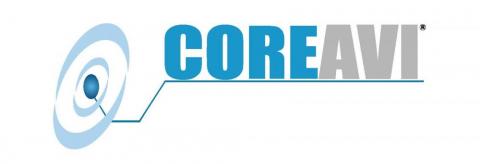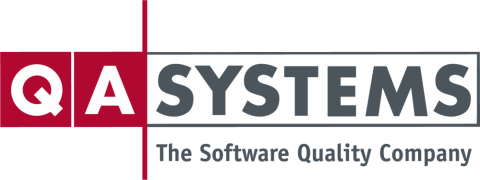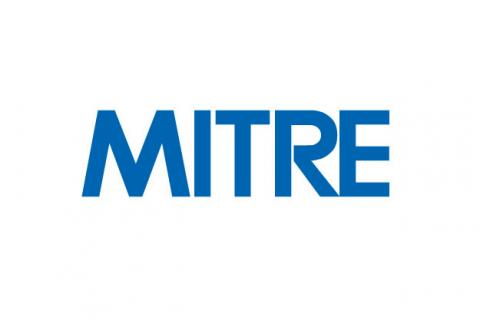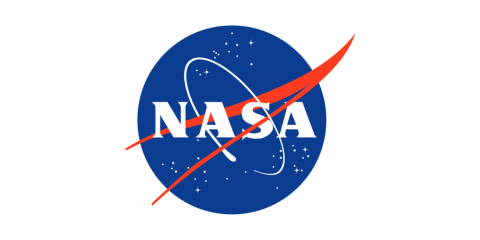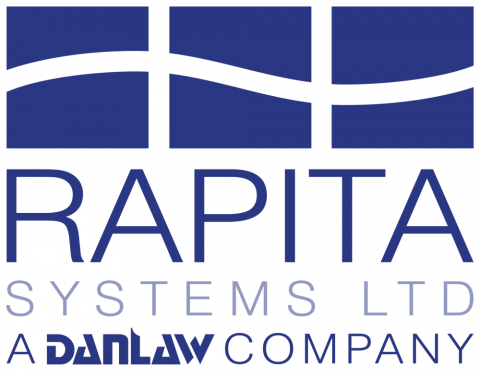Description
DO-178C/ED-12C and its predecessors have reigned at the top of the software design assurance pyramid for more than twenty-five years. At this point, compliance to DO-178C is simply expected for all software on commercial transport aircraft. However, with recent changes at the FAA to reorganize their software guidance and shift to a more risk-based approach for compliance oversight, this is no longer strictly the case for general aviation. There are also alternatives to the DO-178C prescriptive process assurance being explored by the FAA. Such approaches will be crucial to ensuring autonomous aircraft can move forward given their reliance on machine learning and other forms of artificial intelligence.
Our fast-paced introduction to software design assurance continues in this second part of this tutorial where our focus will be on DO-178’s expectations and content concerning software verification, configuration management, quality assurance, and tool qualification (DO-330) will take center stage. We will discuss methods for completing required review and analysis activities, as well as the various approaches to software testing. As was done in part 1, the associated objectives, activities, and data will be covered, along with some possible alternative approaches. Relevant FAA and EASA guidance will be presented. We will conclude this second part with an overview of the FAA’s initiative to define ‘Overarching Properties’ that has the potential to make way for innovative approaches to design assurance, not only for software but for other aspects of the design as well.
Speaker Bio
Tom Ferrell is a Systems and Equipment Designated Engineering Representative (DER) for the US Federal Aviation Administration (FAA). Tom’s primary focus is software and Airborne Electronic Hardware (AEH) compliance oversight, but he works across aircraft types and on a wide variety of aircraft systems. Recent assignments include eVTOL control systems, AEH tool developer qualifications (exploring cross-domain application of both DO-254 and ISO 26262), and a number of satellite navigation-related projects. Tom is a co-founder of Ferrell and Associates Consulting, Inc. a certification and aviation safety consultancy. Previously, Tom has held senior technical positions at Science Application International Corporation (SAIC), Iridium LLC, and the Boeing Commercial Airplane Group. Tom holds a bachelor’s degree in Electrical Engineering from Northern Illinois University, a Master’s degree in Information Technology Management from Rensselaer PolyTechnic Institute, and a Master’s degree in History from George Mason University. Tom was one of the technical editors for the third edition of the Digital Avionics Handbook, published in 2014 by CRC Press.
